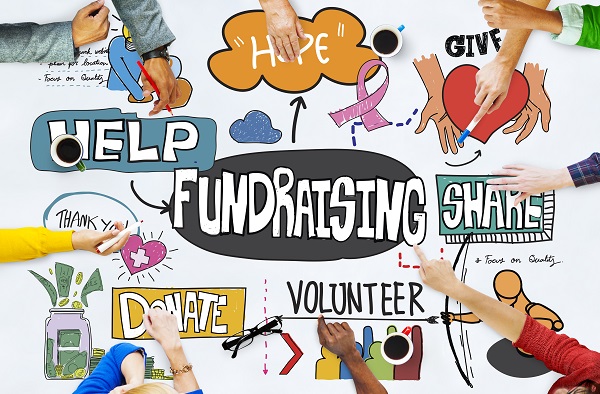Fundraising events play a crucial role in supporting various causes, from local community projects to global initiatives. As organizations and non-profits strive to raise essential funds, these events offer an engaging way to connect with donors, raise awareness, and foster a sense of community. Whether it’s a charity run, gala dinner, or auction, well-planned fundraising events not only generate financial support but also inspire participants to become advocates for the cause they care about.
In today’s competitive landscape, the success of a fundraising event hinges on effective strategy, creativity, and the ability to tap into the passions of the target audience. This article explores the various types of fundraising events, best practices for planning and execution, and tips for maximizing engagement and donations. By understanding the key elements that contribute to a successful fundraising initiative, organizations can create memorable experiences that resonate with their supporters and ensure their mission continues to thrive.
Types of Fundraising Events
Different types of fundraising events cater to a variety of interests and demographics, allowing organizations to connect with diverse audiences. Popular options include charity runs, which combine fitness with philanthropy, and gala dinners that create an elegant setting for high-value donations. Auctions, both live and silent, can generate excitement and friendly competition among bidders, while online campaigns and crowdfunding events leverage digital platforms to reach a broader audience. By creatively tailoring these events to align with the unique preferences of their supporters, organizations can not only raise funds but also deepen engagement and commitment to their mission. For a comprehensive overview of successful strategies, consider exploring https://sbhinter.com/the-ultimate-guide-to-successful-fundraising-events-tips-and-tricks/.

Best Practices for Execution
Successful fundraising events are underpinned by meticulous planning and implementation. Setting clear goals, establishing a budget, and assembling a dedicated team are essential first steps. Promoting the event through various channels—social media, email newsletters, and community outreach—ensures that potential attendees are informed and excited about participating. Additionally, fostering an engaging atmosphere during the event can significantly enhance attendee experience, encouraging greater generosity. Collecting feedback post-event also provides valuable insights, enabling organizations to improve future initiatives and sustain donor relationships over the long term.
In conclusion, fundraising events are not merely a means to gather financial support; they represent powerful platforms for building community, raising awareness, and cultivating lasting relationships with donors. By thoughtfully considering the type of event, implementing best practices, and engaging with supporters both before and after the event, organizations can not only achieve their fundraising goals but also empower participants to become passionate advocates for their mission. As the landscape of philanthropy evolves, embracing innovation and creativity in planning these events will be key to ensuring that they remain relevant and impactful, ultimately driving sustained support for the important work that lies ahead.

